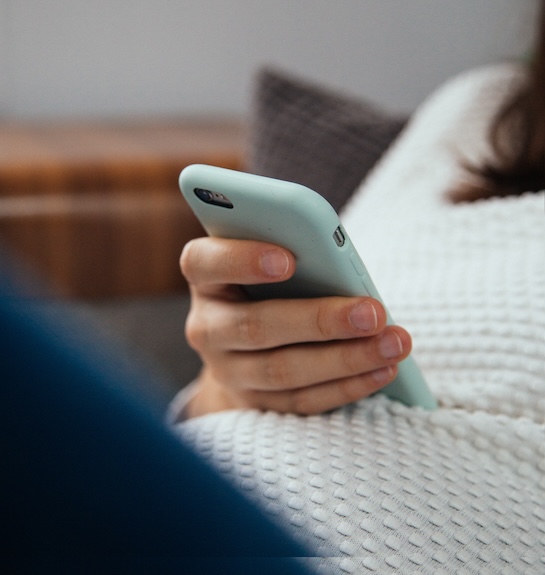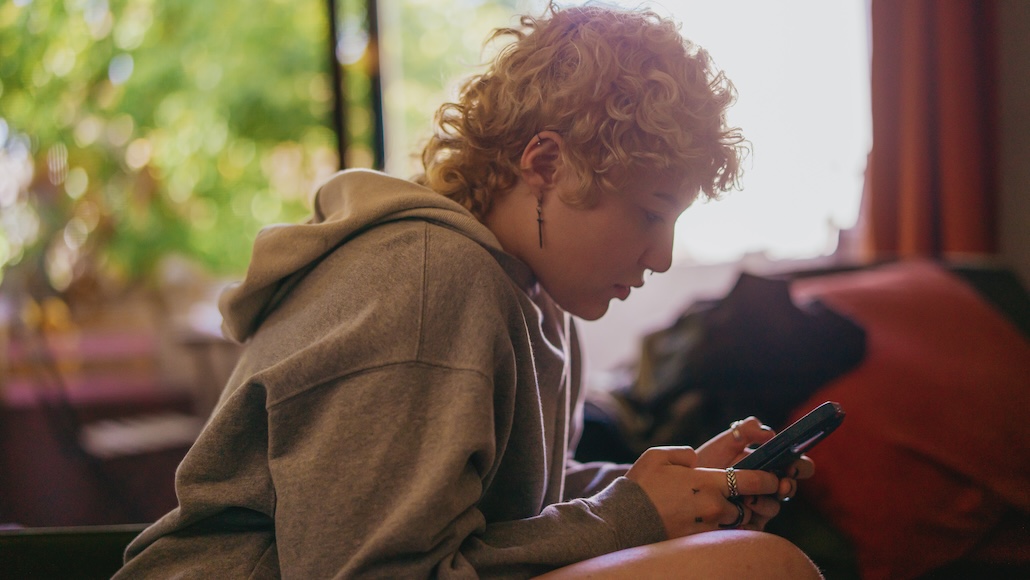
The Balance Between Phone Usage and Mental Wellness
In the current era of digital connectivity, smartphones have become indispensable tools for communication. However, their constant presence can significantly impact our mental health. Currently focused on my Digital Well-being, I thought I just write about my intricate relationship between excessive smartphone use and my health.
Strategies for a Healthier Digital Engagement
Drawing insights from years of trial and error, aka personal experience, it’s evident to me that our digital companions wield a significant influence on our overall well-being. One reason could be prolonged exposure to screens, where blue light disrupts circadian rhythms, and constant notifications induce stress, adversely affecting sleep quality.
To address these issues, I employ several practices. One is utilizing the iOS Focus setting during work and in the evening. Leveraging this feature, I set specific downtime or prohibit certain apps, fostering an environment conducive to restful sleep. I especially love having a “Tech-Free Hour” before bedtime. Reading really helps me here (If you are wondering, no, I do not read news or anything that provides knowledge. I read fiction so I can wind down and relax).
Additionally, incorporating the iOS Screen Time statistic provides detailed insights into my digital habits. This empowers me to set app limits and receive notifications when nearing those limits, becoming a valuable ally in redirecting my time towards more meaningful activities and curbing mindless scrolling.
Positive Results and Tangible Differences
Implementing these strategies brings forth positive results. Purposeful detachment from my smartphone during specific periods allows me to regain control over my time and attention, leading to reduced stress levels and improved sleep quality. I experience heightened mental and physical energy. This mindfulness in digital engagement has a cascading effect on my overall well-being, affirming that setting boundaries and cultivating a healthier relationship with my smartphone make a tangible difference.
The Double-Edged Sword of Technology Dependence
Shifting focus, let’s acknowledge that technology is an integral part of our lives, playing a crucial role in employment, education, and personal fulfillment. However, our dependence on devices can be a double-edged sword. The 24/7 information overload often leads to stress, emphasizing the need for balance.
Many of us habitually check our phones, emails, and social media accounts multiple times a day. A staggering 71% of people admit to sleeping with their smartphones or having them nearby (National Sleep Foundation, 2020). While technology enhances creativity and enriches personal connections, it’s crucial to strike a balance and be intentional about our usage.
The Crucial Role of Boundaries
Recognizing the pros and cons of technology, it’s evident that setting boundaries is essential. Just as we set limits in other aspects of life, establishing boundaries with technology can reduce stress, anxiety, and depression. It prevents burnout and allows us to harness the positive aspects of technology without succumbing to its distractions.
To set effective boundaries, regularly evaluating technology usage is essential. Reflecting on how technology contributes positively and impedes progress is crucial. Examining the time spent on apps, such as Twitter, Instagram, Facebook, or others, provides valuable insights. Small changes, gradual habit formation, and increased awareness are key to achieving a balanced relationship with technology.
Examples of Boundaries Include:
- Setting time limits on specific apps using, for example, the iOS limit App time feature.
- Prioritizing important tasks before indulging in social media or other distractions.
- Utilizing a “Do not disturb” function during important tasks and in the evening.
- Using focus apps like Focus Dog to block your entire phone, to stay motivated in the process and to develop a healthy habit of not using your phone too much.
Achieving a Balanced Digital Lifestyle
The key is to recognize how we spend our online time, make necessary adjustments, and commit to a functional balance.
In conclusion, mental well-being encompasses the holistic health of the mind, intertwining emotional, psychological, and social dimensions. Achieving this balance requires intentional and mindful engagement with technology. By understanding the intricate connections between screen time and mental health and setting thoughtful boundaries, we can use technology to enhance our lives rather than allowing it to dictate our feelings, experiences, and schedules. Regular self-checks and a willingness to adapt ensure a harmonious coexistence with the digital world.
It all boils down to a famous phrase I learned as a child from a video game (WoW): enjoy everything in moderation.
Starve distractions. Feed your focus!
Join 42.923 happy users around the world in becoming less distracted.
Download Focus Dog on the Apple App Store Download Focus Dog on the Google Play Store

How Your Time with Focus Dog helps Real Dogs in Need
Dive into Patrick's journey with Focus Dog, turning virtual wins into real help for sheltered dogs and fostering a community united by productivity and love for our furry friends.
Read more
Psychology of Time: How Time Tracking Apps Can Enhance Your Self-awareness
Explore the intricate psychology of time management and discover how time tracking apps like Focus Dog can enhance self-awareness for improved productivity and personal growth.
Read more
My rhythmic Success: A Journey into the Pomodoro Method
Dive into the world of the Pomodoro Technique, explore its origins, and why it boosts my daylie motivation and positive thinking.
Read more
The Struggle with ADHD and Smartphones
Explore how dopamine hooks can have a positive impact on attention management and focus for individuals grappling with ADHD.
Read moreMore from the Digital Harmony Magazine
Discover Engaging Insights on Cultivating a Balanced Connection Between Your Phone and Mind while Boosting Productivity through Gamification!
Discover the Digital Harmony Magazine